15 min read
How to Calculate Cap Rate: Definition, Formula & Examples
Learning how to calculate a rental property’s cap rate helps you evaluate its potential income, weigh it against other investment opportunities, and make more...

While many people seek ways to become more environmentally friendly, subject matters like sustainable practices and eco-friendly hacks have become increasingly popular. Similarly, many more people are looking into what they need in order to create a passive home. So what is a passive house?
A passive house refers to a design and construction standard that aims to reduce heating and cooling requirements in homes. This way, conventional heating systems are no longer necessary which helps reduce wasteful fossil fuels used to constantly heat and cool a building.
Despite the name, a passive house approach can be applied to any type of building, including multi-family apartments, condominiums, and townhouses. With that being said, any type of residential space you plan to rent out can be designed as a passive building.
To be certified as passive, buildings must meet certain criteria. Keep reading or jump straight to our infographic to learn all about what a passive house is, how it works, and why you should invest as a landlord.
A passive house creates a comfortable and consistent interior climate without an active heating or cooling system. It achieves this by combining key features such as high-quality insulation and ventilation.
In a standard building, heat is usually lost through small openings like cracks, inefficient windows, or overall poor insulation. Heat flows from hot to cold areas which are known as the “thermal bridge.” A thermal bridge acts as a heat highway that leads straight to the outside of the building causing inconsistent internal temperatures.
A passive home eliminates this by sealing these areas. The topnotch insulation and ventilation help prevent heat loss and regulate temperatures so that residents can live comfortably no matter where they are inside the home.
Since there is no active heating system, a passive home uses “free heat” to warm the home. Free heat is generated from electrical and gas appliances such as ovens and lightbulbs as well as body temperature. In warmer climates, where heating isn’t as necessary, a passive home uses shade to help cool the internal temperature — making for a highly efficient indoor environment no matter where you live.
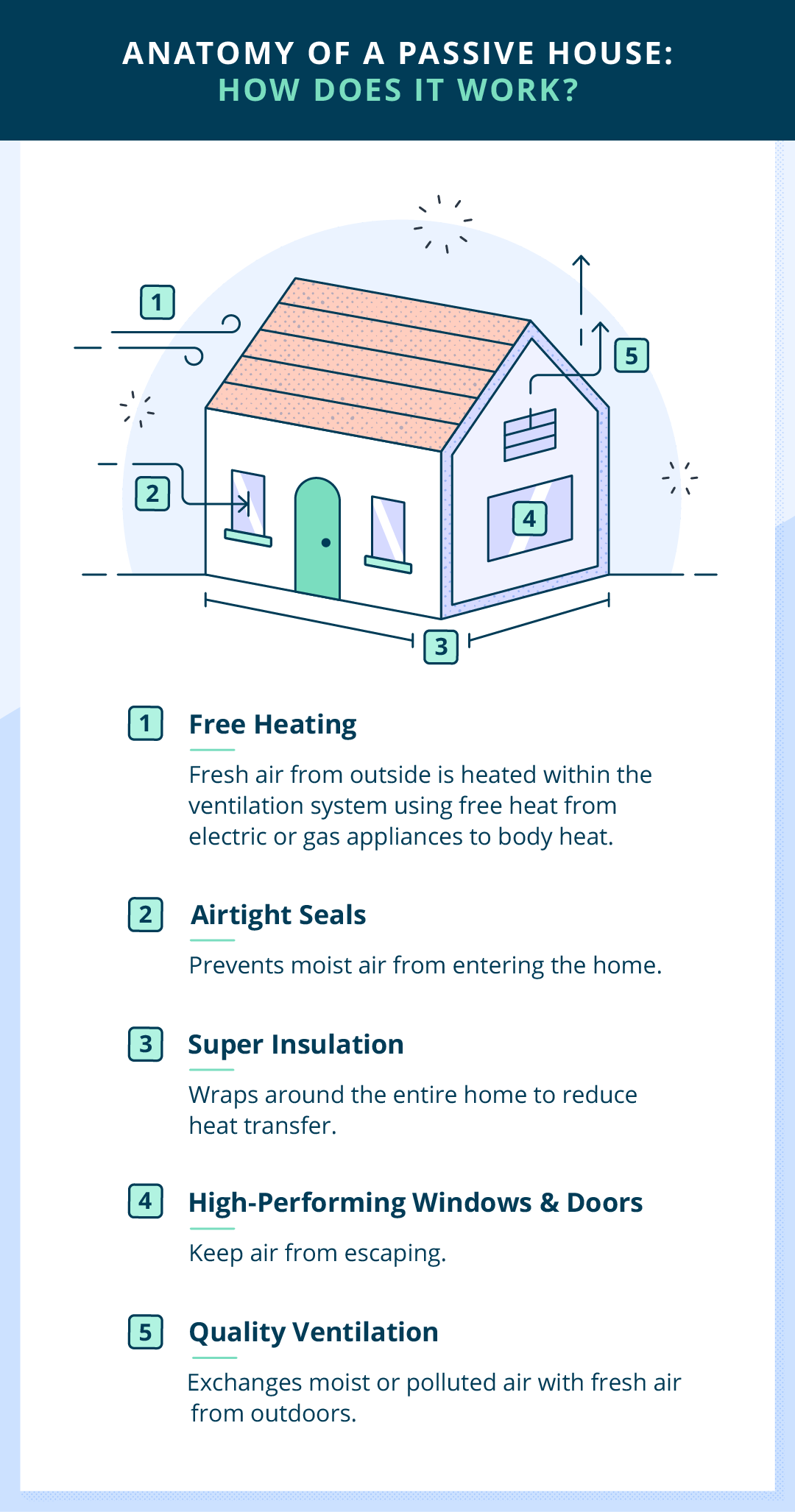
Key features of a passive house include:
Before a house can be certified as passive, it must be built or remodeled to meet certain criteria. These requirements include limited energy needed to heat a home and run appliances, airtightness, and regulated temperatures all year round.
As a landlord, deciding to invest in a passive home not only benefits the planet but your residents as well, and it can help you attract more desirable tenants.
One of the most valuable benefits of a passive home is how energy-efficient it can be. A passive home has the potential to use 90% less energy than a typical home, which not only helps the environment but your wallet as well. Since a passive house can heat, cool, and regulate temperatures, the monthly energy bill can end up being significantly lower than a traditional home.
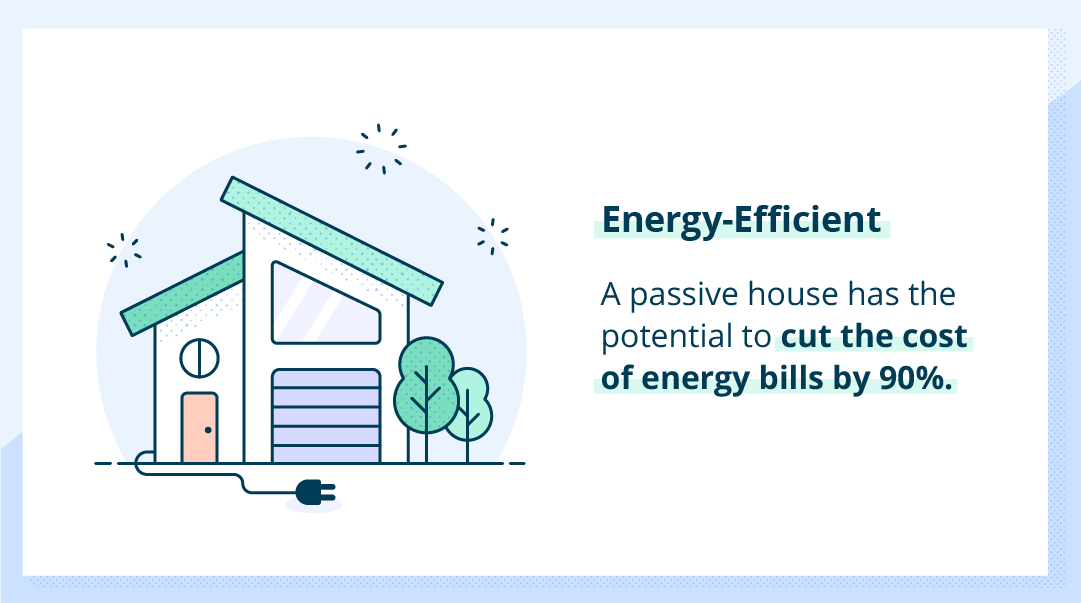
With higher-quality insulation and ventilation, a passive home becomes much more comfortable than a standard building. This is because it keeps energy sources inside the building, such as body heat or heat from an oven as a tool to maintain a regulated temperature throughout the home.
No matter where you are inside a passive house, the idea is that the temperature stays consistent. Even areas next to windows or doors where there can easily be drafts will become regulated. Since the windows and doors are well insulated, your tenants will be able to comfortably sit by a big window, sipping their morning coffee, in the middle of winter.
Just like you can get a tax credit for investing in an electric car over a standard gas vehicle, you may be eligible for tax incentives for investing in a passive home. Although specific tax incentives change from year to year and can vary depending on location, there’s a high possibility that you could be eligible for several federal, state, and local tax credits for building or remodeling your home to meet passive house requirements.
Not only that but some cities, states, and companies offer grants, rebates, or low-interest loans to help you cover the cost of purchasing and installing new energy-efficient materials, appliances, and buildings.
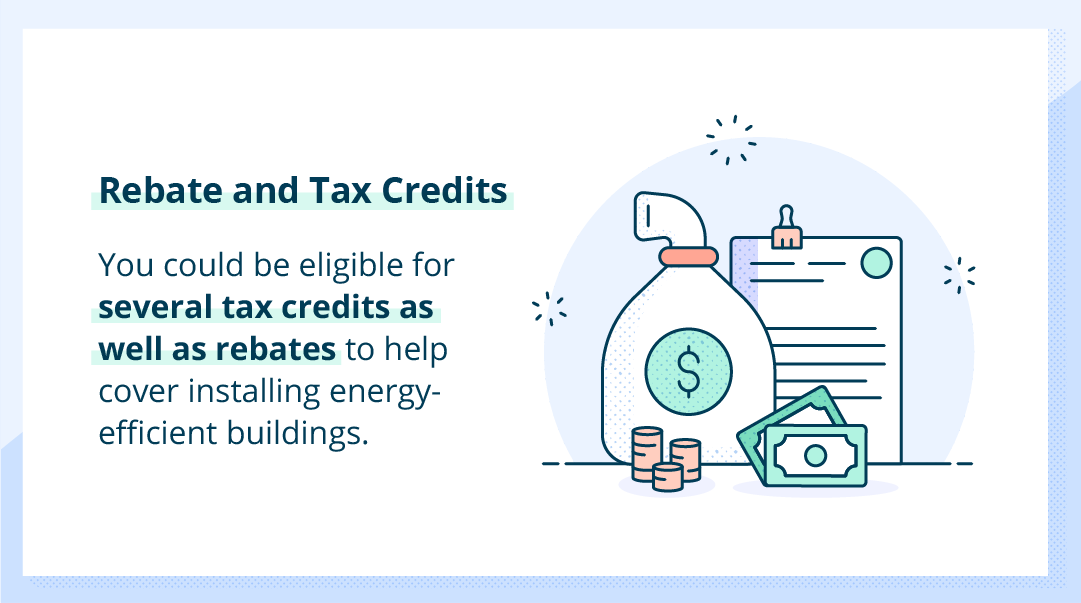
With a combination of heavy insulation and an airtight structure, noises from busy streets and other outside sounds are reduced. Not only that, but the absence of an active heating and cooling system takes away the additional noise the equipment makes as it runs, making a passive home much quieter than other buildings. So even if your property resides in a busy area, you won’t be compromising your available tenant pool.
Not only is the internal temperature of a passive home very comfortable, but the air is much higher quality. The ventilation systems of these homes filter out allergens like pollen and dust more efficiently than a typical home, keeping the air fresh and free from any pollutants that could irritate those with allergies. This also means less cleaning like dusting on a Sunday to-do list.
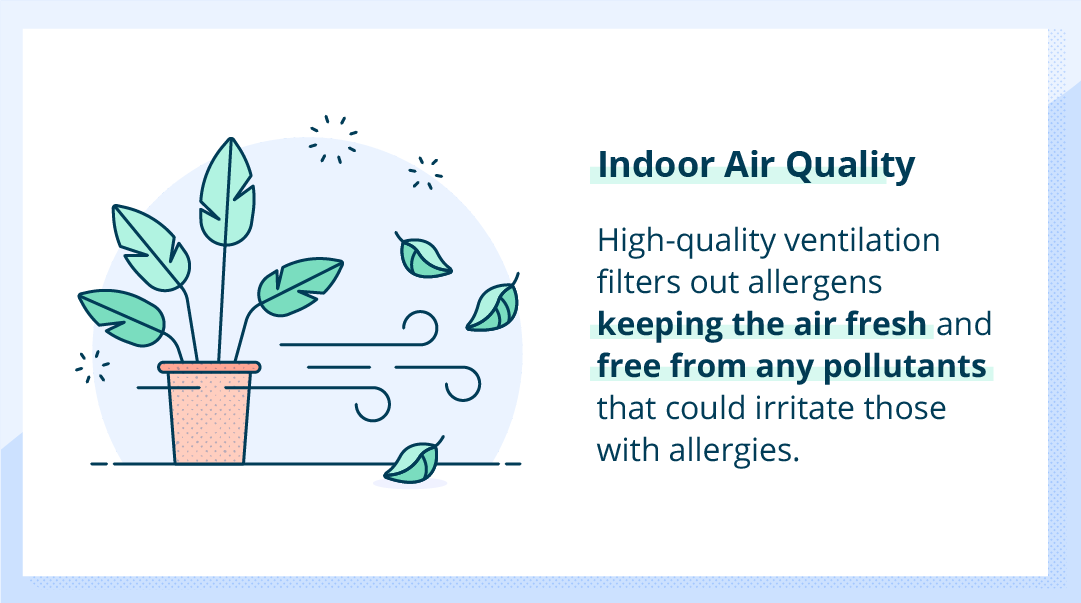
To meet the certification standards of a passive house, homes must be built to the best possible standards. Since the process of building a home passive is carefully planned, there is almost no room for error. High-quality and durable materials are selected to create a passive home which leads to less maintenance and more bang for your buck.
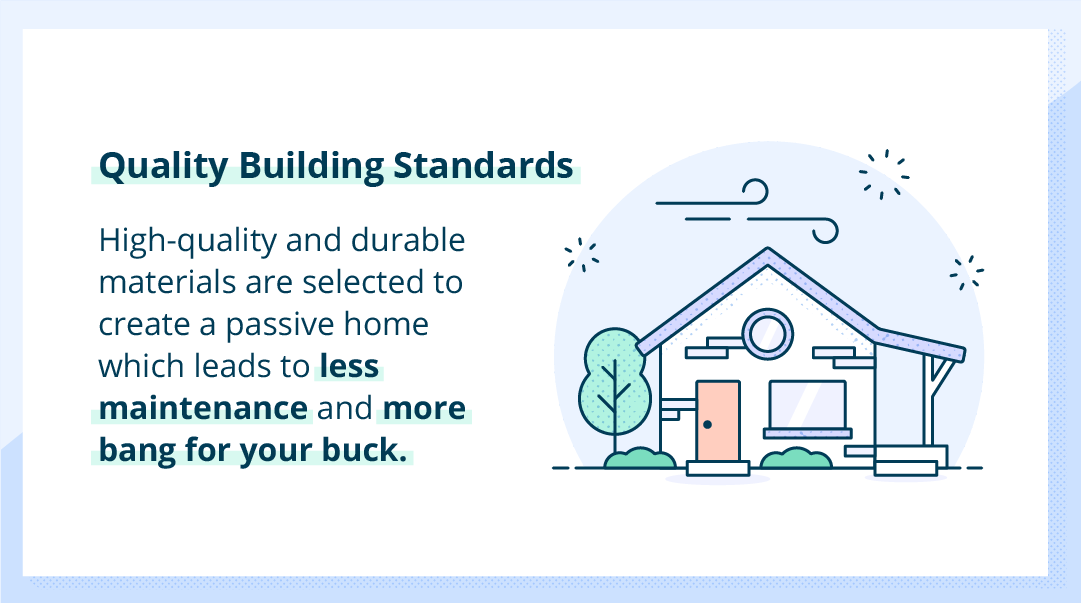
With all of these benefits, a passive house is bound to attract a multitude of tenants. There are many people out there who aren’t in the position to buy or build a passive home on their own but want to do their part to live sustainably and reap all of its benefits. Offering a passive home rental is extremely valuable as passive homes aren’t as widely available as other rentals on the market.
However, over 81% of industry members believe the passive house market is growing faster than the overall construction industry. This means we can expect to see passive houses and other high-performance construction continue to grow in the future — so passive buildings are predicted to be a standard in the future.
A passive house is the future standard of living. Although building or redesigning an existing property to passive standards can take time, it’s a worthy investment for the benefits of the earth and to its future residents. If you make any energy-saving modifications to your rental property, don’t forget to market it on the web using our free rental advertising tool and tenant screening services so you can attract potential tenants.
15 min read
Learning how to calculate a rental property’s cap rate helps you evaluate its potential income, weigh it against other investment opportunities, and make more...
13 min read
Today, technology offers more ways than ever for tenants to pay rent. ACH transfers, online portals, and rent collection apps help tenants...
12 min read
Whenever tax season rolls around—bringing with it all those dreaded forms and reports—many landlords enlist the help of a real estate tax...
Join the 700,000+ independent landlords who rely on TurboTenant to create welcoming rental experiences.
No tricks or trials to worry about. So what’s the harm? Try it today!
TurboTenant, Inc., © 2025
Created in Sunny Colorado